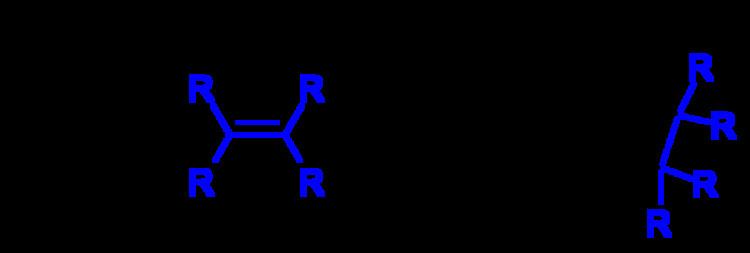Reaction type Ring forming reaction | Organic Chemistry Portal pauson-khand-reaction | |
 | ||
Named after Peter Ludwig Pauson
Ihsan Ullah Khand | ||
The Pauson–Khand reaction (or PKR or PK-type reaction) is a chemical reaction described as a [2+2+1] cycloaddition between an alkyne, an alkene and carbon monoxide to form a α,β-cyclopentenone. The reaction was discovered by Ihsan Ullah Khand (1935-1980), who was working as a postdoctoral associate with Peter Ludwig Pauson (1925-2013) at the University of Strathclyde in Glasgow. This reaction was originally mediated by stoichiometric amounts of dicobalt octacarbonyl, but newer versions are both more efficient and catalytic.
With unsymmetrical alkenes or alkynes, regioselectivity can be problematic, but less so with intramolecular reactions.
The reaction works with both terminal and internal alkynes although internal alkynes tend to give lower yields. The order of reactivity for the alkene is strained cyclic alkene > terminal alkene > disubstituted alkene > trisubstituted alkene. Unsuitable alkenes are tetrasubstituted alkenes and alkenes with strongly electron withdrawing groups.
Variations
Wilkinson's catalyst, based on the transition metal rhodium, also effectively catalyses PK reactions but requires silver triflate as a co-catalyst.
Molybdenum hexacarbonyl is a carbon monoxide donor in PK-type reactions between allenes and alkynes with dimethyl sulfoxide in toluene.
Cyclobutadiene also lends itself to a [2+2+1] cycloaddition although this reactant is generated in situ from decomplexation of stable cyclobutadiene iron tricarbonyl with ceric ammonium nitrate (CAN).
